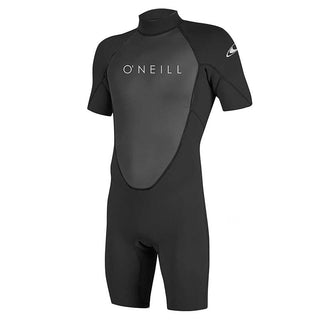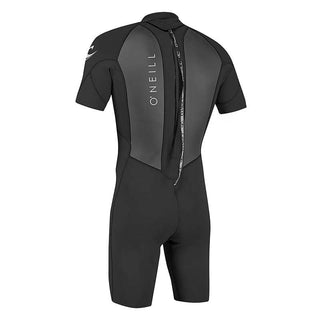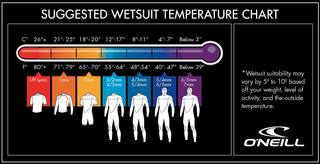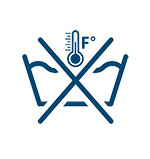With hundreds of O'Neill wetsuit combinations to pick from, it can seem a little overwhelming to choose a wetsuit that’s right for you. A solid starting point for an informed decision is the expected water temperature that you’ll be using your suit in, but you can't discount a range of other factors that come into play when buying a wetsuit. So, how do you choose a wetsuit? Let's break it all down in our simple wetsuit guide.
SEASONSWetsuit styles and neoprene thicknesses are often placed in season categories, since seasons are usually directly related to water and air temperature. Summer means thinner wetsuits and more skin exposed, while winter calls for thicker neoprene and way more body coverage. Spring and fall are a bit less straightforward and depend more on personal preference, especially if you're opting for one wetsuit to bridge multiple seasons. A typical (European) wetsuit quiver would consist of:A full spring suit, either 4/3 or 3/2, with style depending on preference and sport,A short arm summer suit, either 3/2 or 2/2, with short legs if water temperature permits,A 3/2 short arm fall suit, while surfers might prefer a version with long arms and short legs,A full winter suit, either 4/3 or 5/4, depending on water temperature and wind chill factor.
With a wide range of styles and neoprene thicknesses in your quiver, you’ll have a suit that fits your needs in any weather, any water temperature, on any given day. If you intend to buy just one wetsuit to start with, invest in one that will suit the widest range of seasons. Being too warm can be just as uncomfortable as being too cold, but remember that failing to protect yourself from cold is a dangerous risk to take, potentially resulting in hypothermia.









